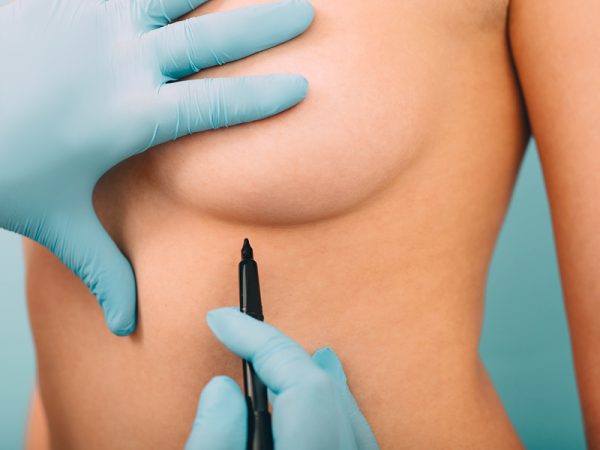1. Your First Breast Surgery May Not Be Your Last
Breast implants are not designed to last a lifetime. About 25% of women may need revision or replacement after roughly 10 years. Over time, a “scar shell” (capsular contracture) may form around the implant, altering its shape and necessitating a revision. Weight fluctuations, pregnancy, and changes in personal preference are also common reasons for additional surgeries.
2. The Cost Varies (Around $5,000 and Up)
A typical breast augmentation procedure can start around $5,000. However, fees for anesthesia, facility use, and other materials can raise the overall cost. Keep in mind that everyone’s body is different; some patients may only need implants, while others may also need a lift to achieve their desired results.
Pro Tip: Never bargain-shop for cosmetic surgery. Your body’s health and safety are worth prioritizing over cost alone.
3. Recovery Time Is Relatively Short
Most patients require four to seven days off work for initial recovery. Many feel well enough to resume non-strenuous duties after about a week. That said, individual experiences vary, and placing implants under the chest muscle can cause more post-operative discomfort. Always follow your surgeon’s guidance on activity restrictions and pain management.
4. You Can “Try On” Different Implant Sizes
During a consultation, you can experiment with various implant sizes by wearing a specialized surgical bra. This helps you visualize how different volumes look and feel. However, there are physical limitations: jumping from a very small cup to a very large implant may not be feasible or safe for every individual.
Key Point: Choose a board-certified plastic surgeon who will prioritize your health and safety over simply achieving a dramatic look.
5. Breast Augmentation Can Affect Breastfeeding
Choosing implants placed under the muscle often reduces interference with breast tissue, making breastfeeding complications less likely. Incision location also matters—peri-areolar incisions may disrupt more milk ducts than inframammary incisions. Keep in mind that even without surgery, breastfeeding challenges can occur in any mother.
6. Nipple Sensation May Change
Because every body is different, your post-surgery nipple sensation may be temporarily diminished, heightened, or altered. Most of the time, sensation returns to normal over time, but there’s no guarantee. Your surgeon can discuss incision placement and implant type to mitigate this concern.
7. Smoking Increases Surgical Risks
If you smoke, you significantly increase the risk of complications after surgery. Nicotine reduces blood flow to healing tissues, which can lead to poor wound healing. Quitting smoking—ideally well before your procedure—promotes safer, more effective recovery.
8. Not All Plastic Surgeons Are Board-Certified
Check your surgeon’s credentials carefully. Look for certification by the American Board of Plastic Surgery (ABPS) or another reputable board. Board-certified surgeons undergo rigorous training and are held to higher standards of safety and ethics.
9. Exercise Restrictions Are Temporary
High-intensity workouts—like push-ups, pull-ups, CrossFit, or heavy weightlifting—are generally off-limits for the early stages of recovery. Most patients can gradually return to full exercise within 5–10 weeks, depending on individual healing.
10. Consultation Fees Are Often Worthwhile
A cosmetic surgery consultation is highly personalized. Your surgeon invests time reviewing your goals, body type, medical history, and more. This thorough approach fosters better communication, realistic expectations, and a high level of care. Consider consultation fees an investment in your overall experience and outcome.
Final Thoughts
Cosmetic breast surgery can be life-changing. Understanding the procedure, potential risks, and aftercare is crucial for setting realistic expectations and achieving the results you want. Always prioritize safety by choosing a board-certified plastic surgeon and following their pre- and post-operative instructions.
